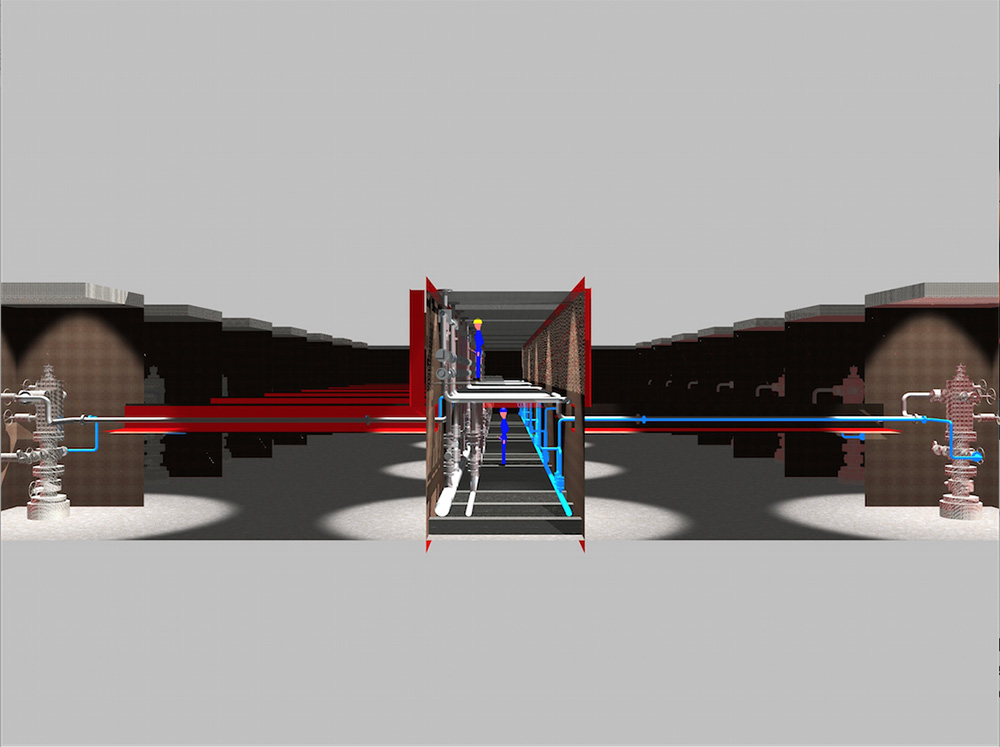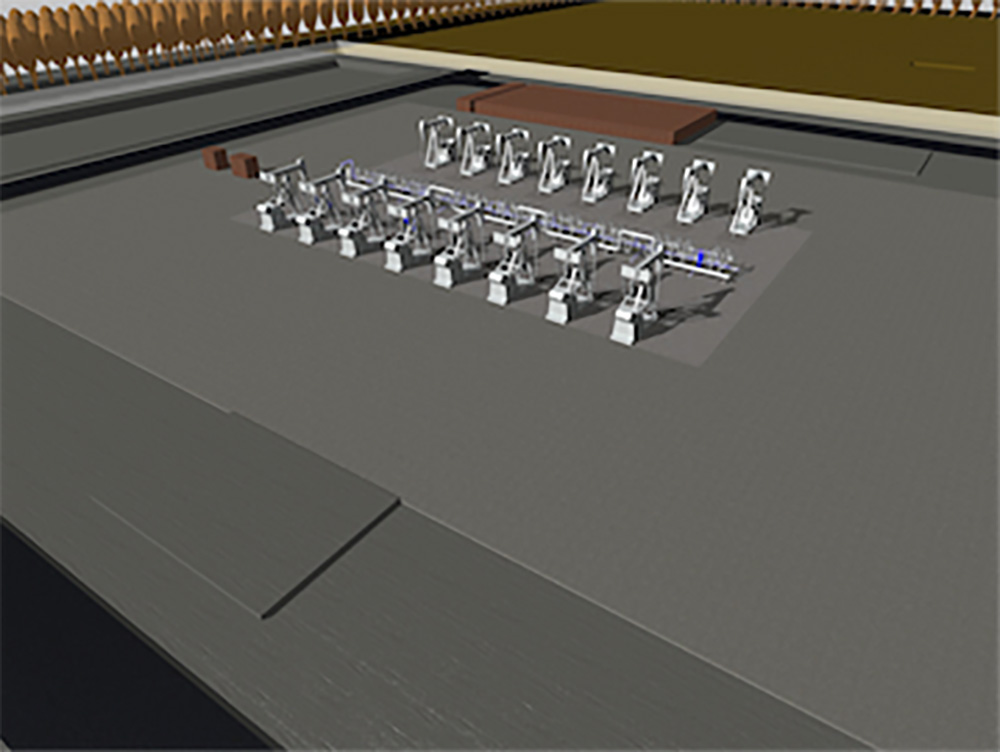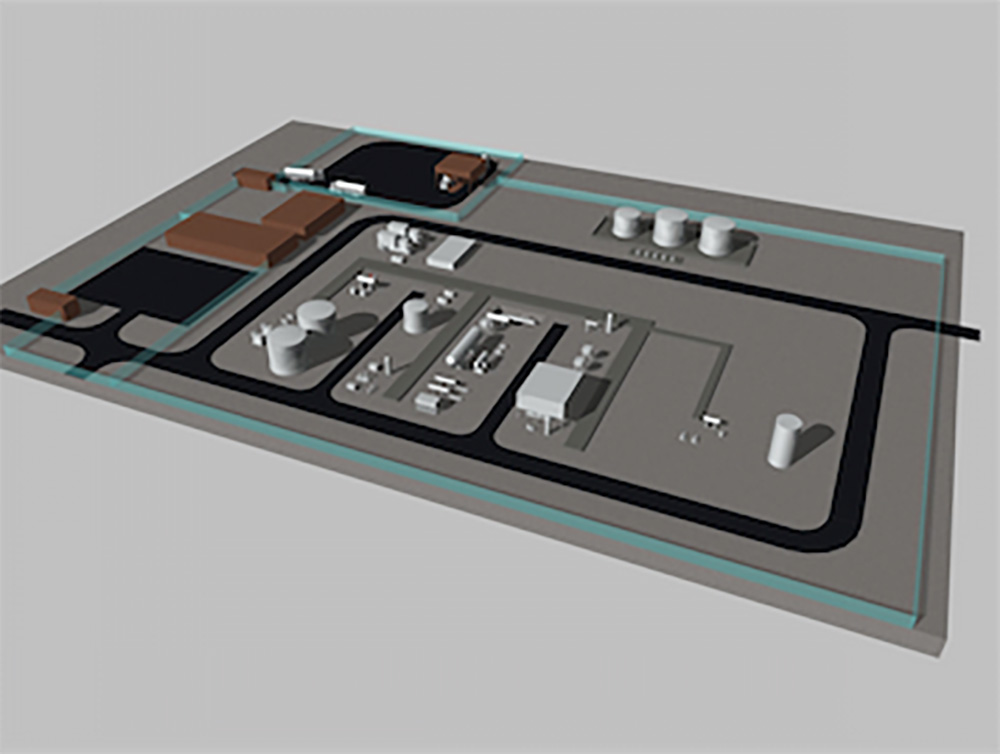Weald Conceptual Development
As part of its ongoing evaluation of the viability of the Jurassic Kimmeridge limestone naturally-fractured oil play, UKOG has received conceptual oil development studies from Xodus Group Ltd. (“Xodus”) and Barton Willmore. The conceptual studies are based on developing multiple potential sites across the Company’s licences, each of which would consist of a conceptual multi-well pad with 12 horizontal production wells delivering around 2,500 barrels of oil per day at peak production, plus an associated production processing facility site.
The development studies are only conceptual at this stage and should not be misconstrued so as to convey that recoverable resources, contingent resources or reserves have been proven to exist within the Jurassic limestone tight oil play at Horse Hill or over other UKOG assets in the Weald and Purbeck-Wight basins.
Xodus and Barton Willmore are specialist consultancy groups well versed in facilities design, and in planning applications and environmental impact assessment respectively. The studies have reviewed how a conceptual Jurassic oil play, based on the subsurface findings from wells within UKOG’s licenced areas, could potentially be developed with low impact upon the surrounding environment and locality. The Executive Summaries by Xodus and Barton Willmore, can be viewed on this website.
In order to assess the economic viability of a potential Jurassic limestone oil development and whether this development could be accomplished while preserving the rural way of life and beauty of the Weald area, these studies addressed two key elements:
- A conceptual facilities study for well pads and the related production process (Xodus)
- Identification of potential well and production site locations over the Company’s licence areas and generally over the Weald Basin (Barton Willmore).
But where can one find replica watches? best replica watch siteChina offers quality replica products at an attractive price, and are loved by consumers due to their excellent craftsmanship and reasonable pricing; but online purchases offer even more choices.
The development studies are based on a conceptual multi-well pad with 12 horizontal production wells delivering around 2,500 barrels of oil per day at peak production, plus an associated production processing facility site. At this stage, drilling and completion of four wells per year are conservatively envisaged. These input assumptions for well performance are at a scoping level only and are based upon preliminary reservoir engineering assumptions, modelling, use of analogues and calculations from the Horse Hill-1 and other wells. A further calibration of these initial assumptions will be made following the planned flow testing of this well.
Figures 1-4 show the various conceptual layouts that were developed by Xodus in their study.
The reports detail the following conclusions:
- The conceptual development would have a low visual impact that has a significantly lower visual profile than existing UK and Weald oil developments.
- The well pad would have a zero above-ground profile by siting wellheads and manifolds below ground level in a cellar. The cellar would be around 5m deep.
- Use of electric downhole pumps for artificial lift removes the necessity for above ground beam pumps (“nodding donkeys”).
- The footprint of the conceptual well pad is 3-4 acres occupying an area less than the current Horse Hill site.
- The production profile and number of wells was designed to limit necessary oil tanker export to a maximum of around 8 tankers per day (one tanker every three hours) to transport produced oil to Fawley Oil Refinery. Within 3 years of initial production, the amount of tanker movements would reduce to 4 per day. Over the estimated 30-year life of a multi-well pad, it is expected that the number of road tankers will average less than one every two days.
- Produced water would be cleaned, filtered and re-injected to remove the necessity of disposal via tankers, further reducing the HGV impact.
- Any associated gas would be used as fuel for sites, with the surplus used to generate electrical power exported to the National Grid.
- A robust site selection methodology has been developed so as to minimise noise and traffic impacts on local residents and make maximum use of existing “brown field” sites. National Parks and Areas of Outstanding Natural Beauty were excluded from the initial site search.
- A significant number of potentially suitable low impact sites have been located over the Company’s licence interests and over the wider Weald area.
Figure 1: Well Pad Layout, Following Completion of Drilling

Source: Xodus
Figure 2: Wells and Production Manifold Below Ground Level

Source: Xodus
Figure 3: Typical UK Onshore Well Pad Layout

Source: Xodus
Figure 4: Production Processing Facility

Source: Xodus

